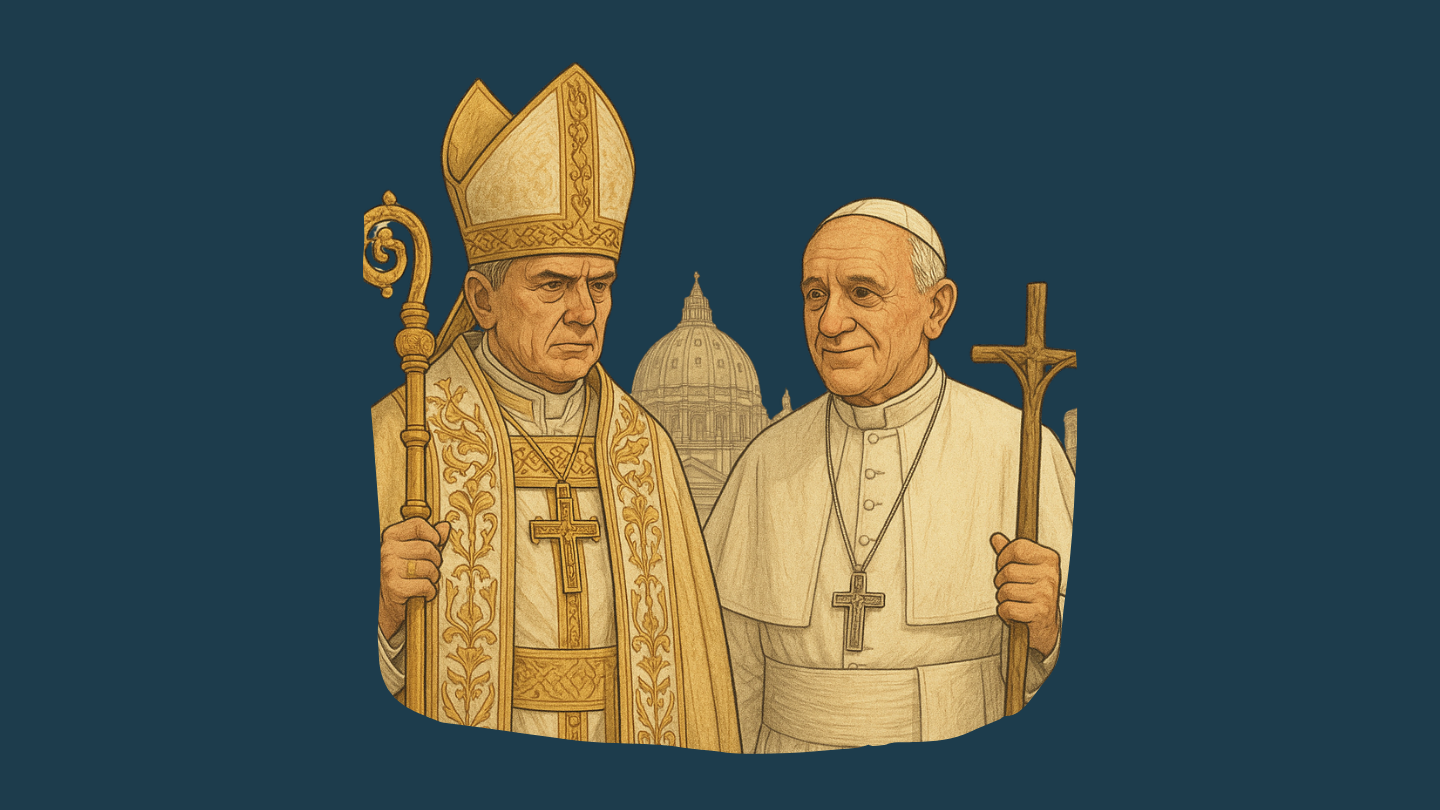(to) cast doubt [on sth]
intransitive
Translations
Arabic: يلقي شكًا على [شيء ما]
Chinese (Mandarin): 对[某事]表示怀疑
French: jeter le doute sur [quelque chose]
German: Zweifel an [etwas] werfen
Hindi: [किसी चीज़] पर संदेह करना
Japanese: [何か]に疑念を投げかける
Korean: [무엇]에 의심을 던지다
Polish: rzucać wątpliwości na [coś]
Portuguese: lançar dúvida sobre [algo]
Russian: бросать тень сомнения на [что-то]
Spanish: arrojar dudas sobre [algo]
Thai: ทำให้เกิดความสงสัยใน[บางสิ่ง]
Turkish: [bir şeyin] üzerine şüphe atmak
Vietnamese: gieo rắc nghi ngờ về [điều gì đó]
Empty space, drag to resize
Whilst every care has been taken to ensure accuracy, translations could be misleading. Check with your teacher if you are unsure.
Don't see your language? Try Google Translate
Don't see your language? Try Google Translate
Type of Idiom?
This is a verb idiom. These idioms function as verbs and often describe actions, processes, or states of being, but carrying a figurative or non-literal meaning.
The term "cast doubt [on sth]" is transitive as it requires direct object on which to act.
Definition/s
- To express doubt about the truth, validity, or reliability of something.
- To create suspicion or uncertainty regarding a particular matter.
- To cause others to question the credibility or integrity of something or someone.
Verb Forms
(to) cast doubt
Base Form
cast ground
Past Form
cast doubt
Past Participle
casting doubt
Present Participle (-ing)
casts doubt
-s Form
Examples
- The whistleblower's allegations cast doubt on the company's ethical practices.
- Her unexpected resignation cast doubt on the project's future.
- The lack of concrete evidence casts doubt on the witness's testimony.
What are Openers?

- Openers are conversation starters you will use to participate in a discussion. They come in three forms:
1. Open Questions
- Ask an open question and understand your conversation partners’s views.
- Make sure to ask follow ups, and remember: this is a conversation, not an interview!
2. Stories
- Tell a personal story. Something that has happened to you, or somebody you know.
- Or tell us about something that you have done or seen.
- Your conversation partners must then follow up with you or reciprocate with their own stories.
3. Opinions
- Share an opinion about something that the content has inspired.
- Respectfully identify any agreement or disagreement there is in the room.
What are Openers?

- Openers are conversation starters you will use to participate in a discussion. They come in three forms:
1. Open Questions
- Ask an open question and understand your conversation partners’s views.
- Make sure to ask follow ups, and remember: this is a conversation, not an interview!
2. Stories
- Tell a personal story. Something that has happened to you, or somebody you know.
- Or tell us about something that you have done or seen.
- Your conversation partners must then follow up with you or reciprocate with their own stories.
3. Opinions
- Share an opinion about something that the content has inspired.
- Respectfully identify any agreement or disagreement there is in the room.
The Skinny
You’ve been asked to brief a senior executive (the “boss”) on a key issue from a recent business news event. This person is busy and relies on you to give them insight, not headlines.
You have 60–90 seconds to deliver a concise, high-value update tailored to their concerns and communication preferences.
1. Read the boss profile carefully.
- Who are they?
- What do they care about?
- What do they not want to hear?
2. Stick to their focus.
- What part of the story matters most to them?
- Don’t explain everything—prioritise.
3. Use business English.
- Be clear, precise, and professional.
- Avoid informal or emotional language.
Two Papal Styles: Clerical vs. Pastoral

Not all popes lead the same way. Some focus more on rules and tradition, while others focus on care and connection. These two styles are often called clerical and pastoral.
Understanding the difference can help us see why Pope Francis felt so different from past leaders—and why some people loved his style while others disagreed with it.
Understanding the difference can help us see why Pope Francis felt so different from past leaders—and why some people loved his style while others disagreed with it.
🟣 Clerical Style
- Focuses on rules, tradition, and Church authority
- Speaks with clear, firm direction
- Keeps strong boundaries between Church leaders and members.
Example: A clerical pope might defend strict Church teachings on family or sacraments.
🟢 Pastoral Style
- Focuses on compassion, listening, and inclusion
- Tries to meet people where they are.
- Emphasises mercy over judgment.
Example: A pastoral pope might welcome divorced people or support migrants and the poor.

